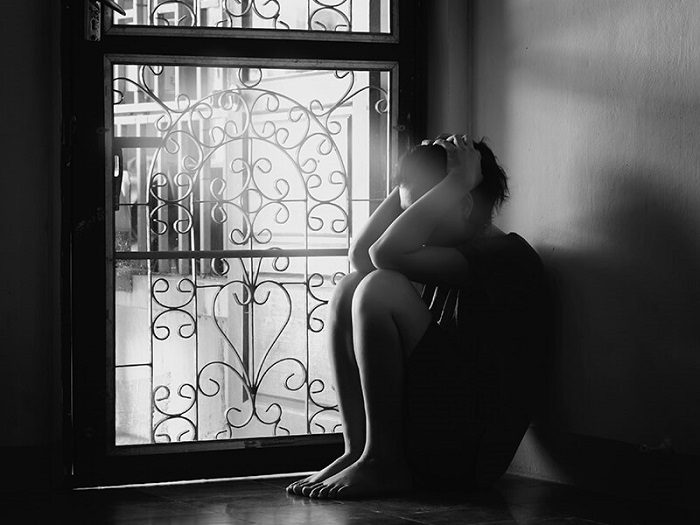
The latest Gallup poll on U.S. depression rates shows that the number of U.S. adults who have been diagnosed with depression has risen significantly since the last poll in 2015. The results were obtained Feb. 21-28, 2023, and are based on 5,167 U.S. adults. According to the survey, 29 percent of U.S. adults reported having ever been diagnosed with depression. That number is up from 19.6 percent in a 2015 poll, while 17.8 percent reported currently receiving treatment, up 7 points. Depression in the U.S. has been steadily rising since 2015, but the latest data shows rates accelerating in 2020. Although the pandemic certainly could be a factor in that rise, Gallup research director Dan Witters told ABC News that it wasn’t the only factor. “Both of these rates had kind of been coming up over the years pre-pandemic,” he said. “And you don’t want to get too far out in front of your skis as far as putting all the blame on the pandemic. There’s plenty of other big factors out there that could be relevant to these increasing rates that we’ve been measuring, but the pandemic’s a big one, and indeed, the rates have really come up significantly in the years since COVID hit.”
Women and young people were the two groups with the highest rising rates. According to the latest data, the percentage of women who have experienced depression throughout their lifetime has risen over 10 points from 26.2 percent in 2017 to 36.7 percent. Women currently experiencing depression rose from 17.6 percent to 23.8 percent. For young people aged 18-29, the number of those experiencing depression throughout their lifetime had risen nearly 14 points from 20.4 percent to 24.3 percent. Those currently experiencing depression rose from 13 percent to 24.6 percent. On ethnic lines, black adults experienced the highest lifetime rate increases, rising from 20.1 percent lifetime to 34.4 percent. The number of those currently being treated for depression rose slightly from 12.3 percent to 15.9 percent. Hispanics experienced a large lifetime increase as well, jumping from 18.4 percent to 31.3 percent. Overall, there were increases in all demographic areas of age, gender, and ethnicity except for the current rates of adults 65 or older receiving treatment for depression. That number stayed relatively the same, from 12.1 percent in 2017 to 11.9 percent in 2023.
Gallup noted that the rising rates were not unique to the U.S. either, stating that globally nearly 4 in 10 adults worldwide are either affected by or know someone affected by serious anxiety and depression. Addressing the poll, Dr. Rebecca Brendel, president of the American Psychiatric Association, said the results were certainly compounded by the last three years. “The fact that Americans are more depressed and struggling after this time of incredible stress and isolation is perhaps not surprising. There are lingering effects on our health, especially our mental health, from the past three years that disrupted everything we knew.” She also noted that the increase could also be due to higher awareness of mental health issues, with the higher rates in younger people due to a greater willingness to seek help. “We’re making it easier to talk about mental health and looking at it as part of our overall wellness just like physical health,” she said. “People are aware of depression, and people are seeking help for it.”


